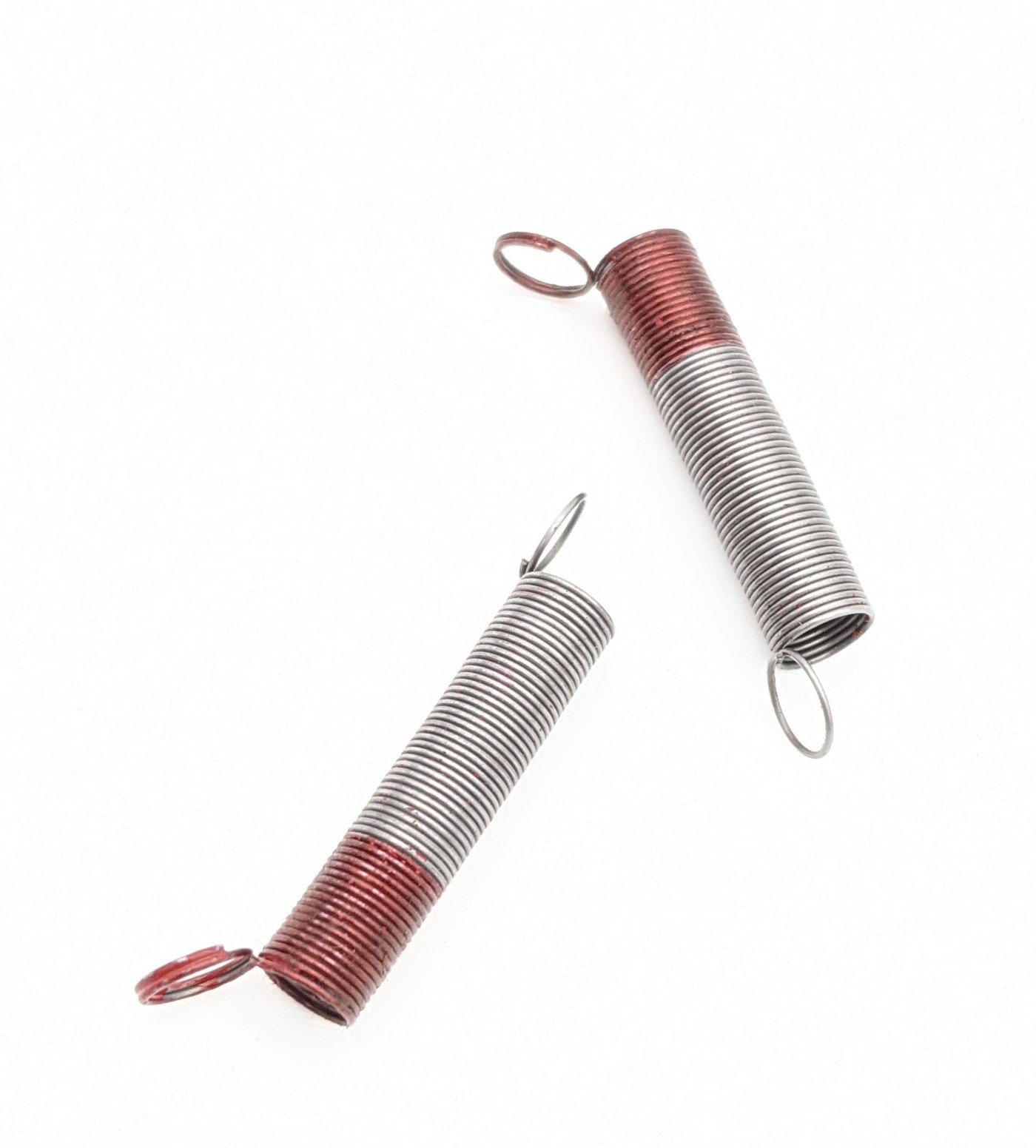Get unique, complex parts easily. No matter your requirements, Chaoyi Spring creates hard-to-produce coil springs and wire forms.
Let us help you create the custom wire form you need, from S-hooks and J-hooks to utility hooks and more.
We work closely with customers across a wide range of industries, helping them design and manufacture made-to-order parts.
Why choose Chaoyi Spring? We prioritize customer-focused collaboration, modern equipment and the latest technology to make your parts per print.
Find the information and guidance you need, from measuring a spring to learning about materials, placing an order and much more.
The world of sound design is filled with endless possibilities, and one intriguing technique that has captured the attention of sound designers and musicians alike is the use of multiple


The world of sound design is filled with endless possibilities, and one intriguing technique that has captured the attention of sound designers and musicians alike is the use of multiple wavetables (WAV) in a spring reverb. This technique, often referred to as "multi-WAV spring," allows for a mesmerizing range of sonic textures and evocative atmospheres, pushing the boundaries of traditional spring reverb sounds. This article will delve into the intricacies of multi-WAV spring, exploring its origins, implementation, and creative potential in audio production.

The concept of multi-WAV spring, though seemingly modern, finds its roots in the history of analog audio processing. Early spring reverbs, often found in tape echo units and other vintage equipment, utilized a physical spring to create the characteristic reverberation effect. The sound produced by these springs depended heavily on the physical properties of the spring itself, including its length, thickness, and material. However, manipulating these physical aspects was a cumbersome and limited process.
With the advent of digital audio processing, new possibilities for manipulating and shaping sound opened up. Sound designers began exploring ways to digitally emulate the behavior of physical spring reverbs, and the concept of wavetables emerged as a powerful tool. Wavetables are essentially pre-recorded samples of audio, which can be manipulated and combined to create a vast array of sounds. By applying these wavetables to a simulated spring reverb, sound designers could create a multitude of unique and evocative textures that were not possible with traditional physical spring reverbs.
The core principle behind multi-WAV spring involves employing multiple wavetables as the sound source for a digital spring reverb. Each wavetable can contain a different waveform, offering a diverse range of tonal colors and sonic characteristics. These wavetables are then processed through a digital spring reverb algorithm, which simulates the physical behavior of a spring. The algorithm typically utilizes parameters such as spring length, damping, and feedback to shape the resulting reverberation.
By carefully selecting and blending different wavetables, sound designers can achieve a vast range of sonic landscapes. Imagine a wavetable containing a lush, ambient pad, combined with another wavetable featuring a distorted, gritty sound. These wavetables, when processed through a spring reverb, create a unique and compelling soundscape that blends both organic and synthetic elements.
The possibilities for utilizing multi-WAV spring in audio production are practically endless. Its unique ability to blend and manipulate diverse sonic elements makes it a versatile tool for a range of applications, from adding subtle depth and atmosphere to creating dramatic and otherworldly soundscapes. Some common applications include:
Implementing multi-WAV spring in audio production can be as straightforward or complex as desired. Here are some practical tips to get you started:
Multi-WAV spring is a dynamic and evolving technique that continues to push the boundaries of sound design. With advancements in digital audio processing and the emergence of new software tools, the creative potential of this technique is only set to grow. As sound designers continue to explore its capabilities, we can expect to see even more innovative and awe-inspiring applications of multi-WAV spring in audio production.
In conclusion, multi-WAV spring offers a unique and powerful approach to sound design, providing a versatile and inspiring way to create evocative and intricate sonic textures. Its ability to blend diverse wavetables with the characteristic warmth and depth of spring reverberation opens up a world of creative possibilities. By embracing this technique, sound designers can transcend the limitations of traditional audio processing and explore the vast and captivating realm of sonic innovation.
Browse some of the custom wire forms and springs that we manufacture. Don’t see what you need? We specialize in made-to-order products that meet your application requirements.
Visit Our GalleryNeed a custom wire form or coil spring? We make it work. Fill out the contact form and a representative will respond within 1 business day. If you have a PDF or CAD file, you can submit to request a quote.